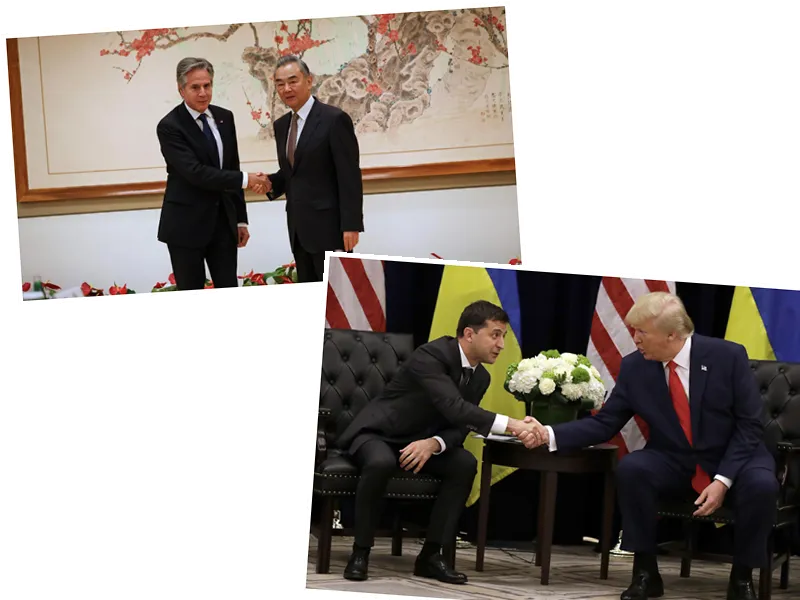The war in Ukraine has now reached a critical milestone of 1,000 days, highlighting the protracted nature of the conflict and the significant human and material costs involved.
Zelensky's comments about Trump's potential influence on the war's outcome underscore the importance of U.S. foreign policy in shaping the conflict's trajectory.
The ongoing military dynamics reveal that despite heavy Russian losses, their advances continue, indicating a challenging situation for Ukrainian forces.
If Trump implements a more conciliatory approach towards Russia, it could lead to a shift in U.S. support for Ukraine, potentially affecting the war's duration and outcome.
The continued pressure on Ukraine's military resources may force a reevaluation of its defense strategies and reliance on Western support.
As the conflict persists, Ukraine may accelerate its efforts to develop a robust defense industry to prepare for future confrontations.
A Thousand Days of War: The Ongoing Conflict in Ukraine
As the war in Ukraine marks its 1,000th day, the conflict continues to evolve with significant implications for both Ukraine and Russia. Initially, Moscow anticipated a swift victory, expecting to celebrate in Kyiv within days of the invasion in February 2022. However, the reality has proven to be starkly different, with Ukraine enduring a prolonged struggle against Russian aggression. Despite some territorial gains, particularly in the Kursk region, Ukraine faces mounting challenges on various fronts, especially in the Donetsk region where it is losing ground.
Ukrainian President Volodymyr Zelensky recently expressed that the war could conclude 'faster' with the anticipated policies of Donald Trump's incoming administration. Zelensky's comments reflect a belief that Trump's approach may lead to a quicker resolution, despite the ongoing difficulties on the battlefield. He noted the importance of diplomatic efforts to end the war by next year, emphasizing the need for Ukraine to adapt to the changing political landscape in the U.S.
The Current Battlefield Dynamics
The situation in Ukraine remains precarious, with Russia leveraging its manpower and weaponry advantages. Reports indicate that Russian forces are advancing in key areas, including the eastern and southeastern front lines, while Ukrainian forces are under significant pressure. Zelensky acknowledged the 'really difficult' circumstances in eastern Ukraine, where Russian troops are reportedly incurring heavy losses, with estimates suggesting up to 2,000 casualties per day. Despite these losses, the Russian military continues to push forward, raising concerns about the sustainability of Ukraine's defense efforts.
The conflict's longevity can be attributed to various factors, including Western hesitancy in providing adequate support to Ukraine. The West's strategy has often been characterized by a desire to prevent a Russian victory without allowing Ukraine to achieve a decisive win. This delicate balance has resulted in a slow and cautious approach to military aid, which has been criticized for not meeting the urgent needs of the Ukrainian forces.
Moreover, the geopolitical landscape is shifting, with Russia finding new allies and markets, particularly in the Global South, which complicates the international response to the invasion. As the war drags on, both Ukraine and its allies must navigate a complex web of diplomatic and military challenges to find a path toward peace.






